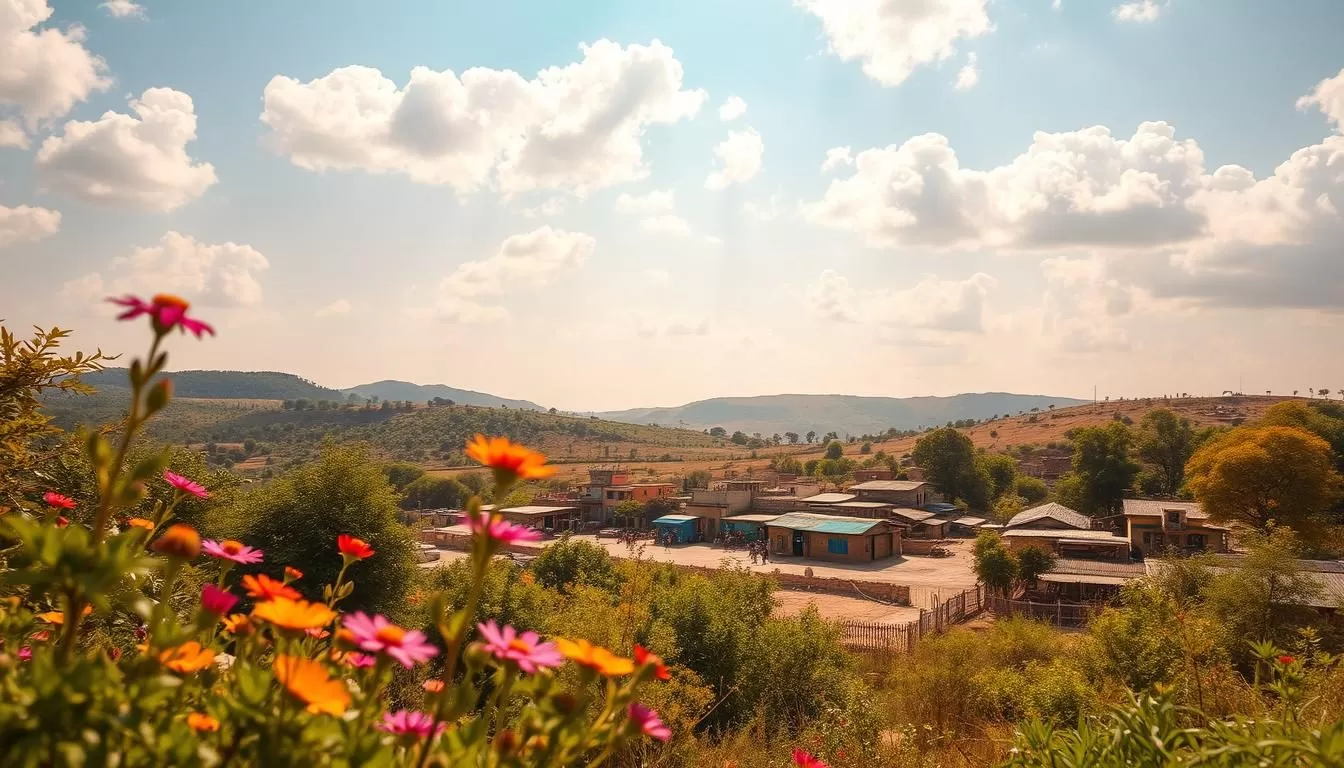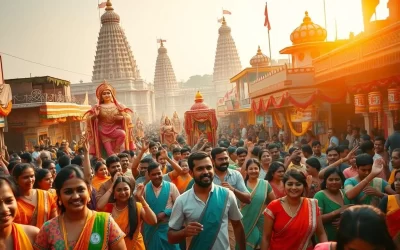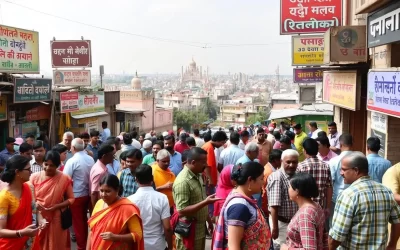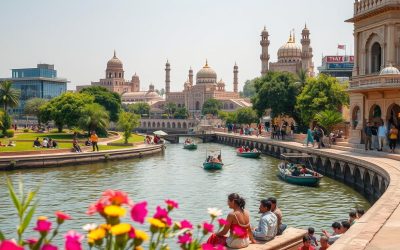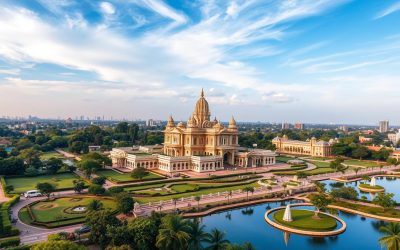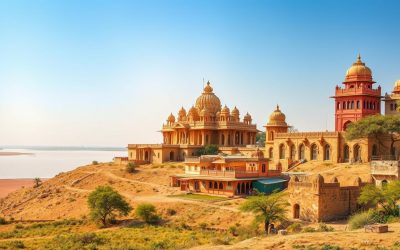Planning a trip to Gujarat can be a thrilling experience, but understanding its unique climate patterns is crucial to making the most of your visit.
The western Indian state experiences extreme temperature variations throughout the year, from scorching summers to pleasant winters, making timing crucial for your travel goals.
This comprehensive guide will help you navigate Gujarat’s seasonal changes, identify the optimal months for your travel, and enhance your cultural experience by understanding festival timing.
By the end of this guide, you’ll be equipped to plan a weather-savvy trip that aligns with your preferences and travel objectives.
Understanding Gujarat’s Climate Patterns
Understanding Gujarat’s climate requires an examination of its geographical influences. The state’s diverse geography plays a significant role in shaping its climate. With the Arabian Sea to the west, the Thar Desert to the north, and the Tropic of Cancer passing through the middle, Gujarat’s climate is complex and varied.
Geographic Influences on Gujarat’s Weather
Gujarat’s climate is heavily influenced by its unique geography. The state’s topography creates distinct microclimates, with coastal regions experiencing higher humidity levels and more moderate temperatures compared to the arid interior regions. Coastal areas like Dwarka and Porbandar benefit from sea breezes that moderate temperatures, while inland cities like Ahmedabad experience more extreme temperature fluctuations.
| Region | Climate Characteristics | Temperature Range |
|---|---|---|
| Coastal Regions | Higher humidity, moderate temperatures | 20-30°C |
| Inland Regions | Arid, extreme temperature fluctuations | 15-40°C |
| Rann of Kutch | Extreme weather patterns, wetland during monsoon | 10-45°C |
The Four Distinct Seasons of Gujarat
Gujarat experiences four well-defined seasons: winter (November-February), summer (March-June), monsoon (July-September), and post-monsoon (October). The region‘s climate varies significantly across these seasons, with the Rann of Kutch region in northwestern Gujarat having particularly extreme weather patterns. Understanding these seasonal variations is essential for planning your time in Gujarat and making the most of your guide to the region.
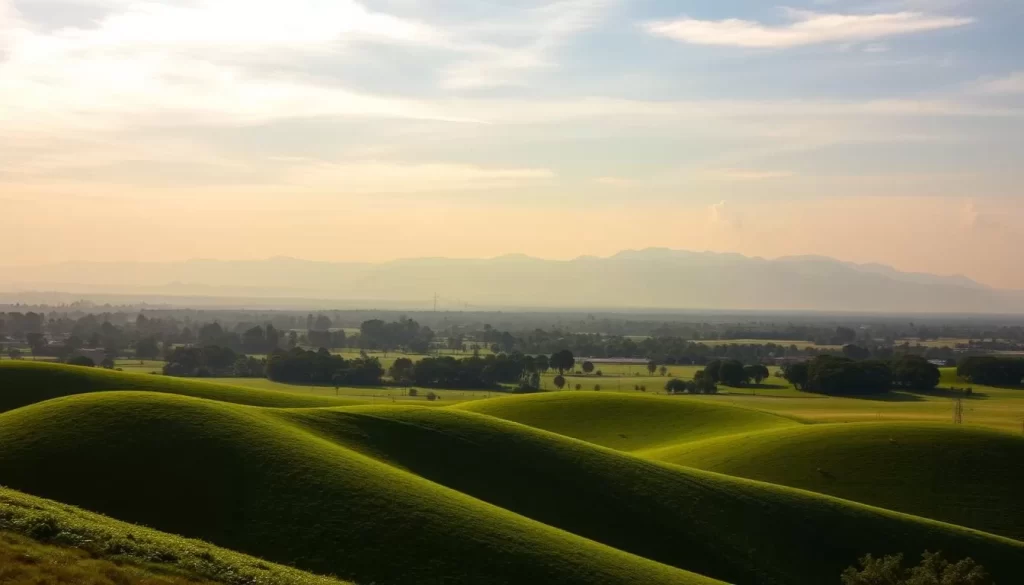
Gujarat, India: Best Months for a Weather-Savvy Trip

If you’re planning to visit Gujarat, understanding the best months to travel is crucial for a memorable experience. The state’s diverse climate means that some periods are more suitable for exploration than others.
October to March: The Ideal Window
The period from October to March is considered the best time to visit Gujarat. This six-month window offers a perfect balance of comfortable temperatures and clear skies, ideal for exploring the state’s rich cultural heritage and natural beauty.
During these months, daytime temperatures range from 68°F to 86°F (20°C to 30°C), creating pleasant conditions for sightseeing and outdoor activities. October and November are particularly enjoyable as the landscape is still lush from the monsoon, while humidity levels begin to drop.
Weather Highlights During Peak Season
The peak season, from December to February, brings crisp mornings, sunny days, and cool evenings, making it perfect for exploring cities and archaeological sites. This period coincides with Gujarat’s vibrant festival season, including Navratri, the International Kite Festival, and the Rann Utsav.
The clear weather provides optimal conditions for photography, with monuments and landscapes bathed in golden light. While prices for accommodations and tours are higher during this peak season, the superior weather conditions and cultural experiences generally justify the premium.
Winter in Gujarat: November to February
Gujarat’s winter season, spanning from November to February, is perfect for exploring its diverse landscapes and cultural heritage. During this time, the state enjoys a comfortable climate, making it an ideal destination for tourists.
Temperature Ranges and Comfort Levels
Winter in Gujarat brings daytime temperatures ranging from 59°F to 84°F (15°C to 29°C), while nighttime temperatures can drop to around 50°F (10°C) in inland areas. This comfortable temperature range creates ideal conditions for sightseeing and outdoor activities, allowing you to explore the state’s architectural marvels, such as the UNESCO World Heritage Sites, without the discomfort of extreme temperatures.
Popular Winter Activities and Attractions
The winter season hosts several attractions and events in Gujarat. You can experience the Rann Utsav, a celebration of local culture featuring traditional music, dance, and handicrafts against the backdrop of the white Rann of Kutch. Wildlife enthusiasts can visit Gir National Park, home to Asiatic lions, as the cooler temperatures make it easier to spot animals around water sources. Additionally, the International Kite Festival in January fills the skies with colorful kites, creating a festive atmosphere throughout the state.
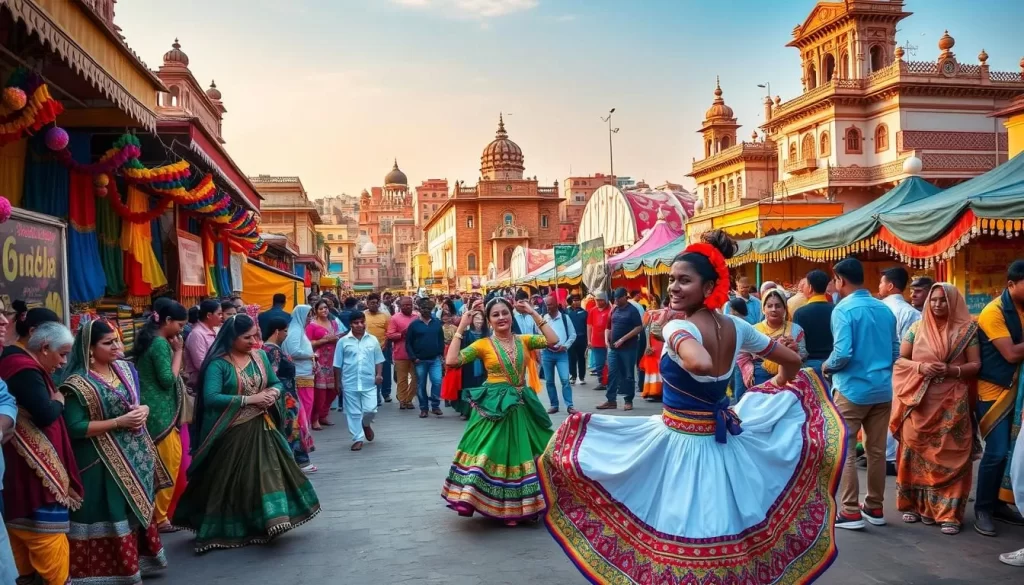
The Rann of Kutch Winter Experience
The Rann of Kutch transforms into a magical landscape during winter, with its vast white salt desert glistening under the moonlight. This natural wonder is a photographer’s paradise and offers a unique experience. You can enjoy the local culture, cuisine, and traditional performances during the Rann Utsav, making your visit to Gujarat a memorable one.
Summer in Gujarat: March to June
Summer in Gujarat, spanning from March to June, is characterized by intense heat across the state. Temperatures soar, making it a challenging time to visit, especially for those not accustomed to such high temperatures.
Managing the Heat: What to Expect
During the summer, inland cities like Ahmedabad, Vadodara, and Rajkot experience temperatures regularly exceeding 104°F (40°C), making midday outdoor activities particularly challenging. You can expect the heat to be unbearable at times, with the lowlands feeling like an oven by May.
Coastal Areas vs. Inland Regions
The coast offers some respite from the intense summer heat. Coastal areas such as Porbandar and Dwarka have temperatures that are typically 5-10°F lower than inland locations, making them more bearable during this time. The coast of Gujarat, with the Arabian Sea providing cooling breezes, becomes a preferable destination for those looking to escape the harsh summer conditions inland.
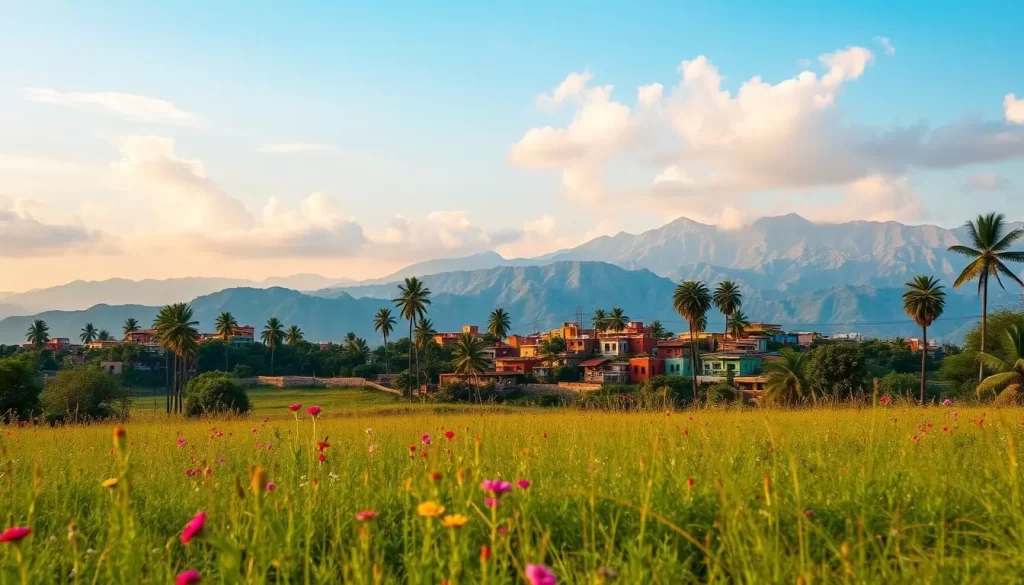
Summer Travel Tips for Gujarat
If you plan to visit Gujarat during the summer, it’s essential to plan your travel strategically. Opt for early morning or evening sightseeing to avoid the peak heat of the day. Ensure you take regular rest periods and stay hydrated to manage the high temperatures. Visiting indoor cultural attractions like museums and historic havelis can provide a cool respite. Additionally, the lower accommodation prices during this period make it a more affordable time to visit.
By being prepared and knowing what to expect, you can have a more enjoyable travel experience in Gujarat during the summer months.
Monsoon Season: July to September
Gujarat’s monsoon season, spanning from July to September, is a time of dramatic transformation and rejuvenation. The region experiences a significant change in its climate and scenery during these months.
Rainfall Patterns Across Gujarat
The monsoon brings moderate rainfall to Gujarat, with an average annual precipitation of 500-800 mm across most regions. However, the rainfall patterns vary significantly across the state. Southern districts like Valsad and Dang receive the heaviest monsoon rains, while areas like Kutch in the northwest experience minimal precipitation even during peak monsoon months.

The Transformed Landscape: Green Gujarat
The monsoon transforms Gujarat’s landscape dramatically. Barren areas burst into vibrant greenery, and seasonal waterfalls appear. Even desert regions like the Rann of Kutch partially flood to create temporary wetlands. The rain-washed atmosphere creates excellent conditions for photography, with dramatic cloud formations and rainbows.
Travel Considerations During Monsoon
Traveling during the monsoon season requires flexibility, as heavy rain days may necessitate last-minute changes to itineraries. However, the monsoon months offer the lowest tourist numbers and the best accommodation deals of the year, making it an economical time to visit for budget-conscious travelers. The season reveals a different side of Gujarat’s natural beauty, with lush agricultural landscapes and rejuvenated wildlife sanctuaries like Gir and Blackbuck National Park.
During August and September, Gujarat typically sees the heaviest rainfall, with occasional intense downpours that can cause localized flooding. Despite this, the monsoon rains moderate temperatures significantly, bringing relief from the summer heat. Daytime highs typically drop to 77-86°F (25-30°C), though humidity levels rise considerably.
Planning Around Gujarat’s Vibrant Festivals
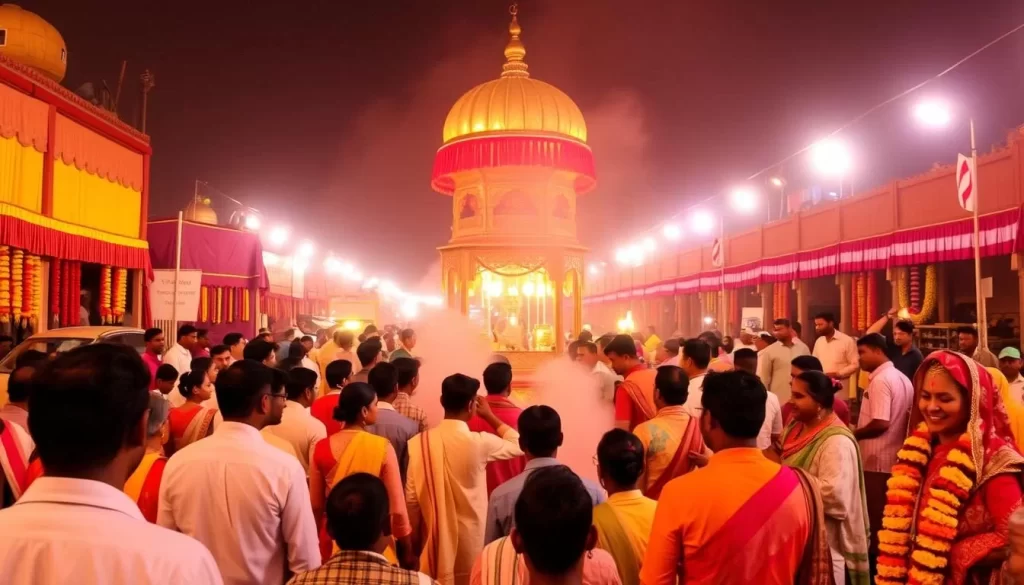
Gujarat’s festival calendar is a treasure trove of cultural experiences waiting to be explored. The state’s vibrant festivals are a reflection of its rich cultural heritage, with events happening throughout the year. You can plan your trip around these festivals to experience the best of Gujarat’s culture.
Winter Celebrations: Rann Utsav and Kite Festival
The winter months host some of Gujarat’s most iconic festivals, including the Rann Utsav and the International Kite Festival. The Rann Utsav, held from November to February, transforms the white desert into a cultural wonderland with traditional performances and handicraft markets. The International Kite Festival, held in January, fills the skies with thousands of colorful kites, creating a festive atmosphere across cities like Ahmedabad and Surat.
Navratri and Diwali Experiences
Navratri, usually in September or October, is Gujarat’s most energetic cultural celebration, with nine nights of traditional garba and dandiya raas dance performances. Diwali, in October or November, illuminates the state’s cities and villages with millions of oil lamps and electric lights, marking the triumph of light over darkness. You can experience the state’s vibrant culture by participating in these festivals.
Off-Season Festival Opportunities
Even during off-peak travel seasons, Gujarat’s festivals like Janmashtami and Holi provide compelling reasons to visit. The Modhera Dance Festival, held in January, showcases classical dance forms against the backdrop of the magnificent Sun Temple. You can also experience the state’s tribal festivals, such as Chitra Vichitra Mela and Tarnetar Fair, which offer authentic cultural experiences.
Conclusion: Tailoring Your Gujarat Trip to the Perfect Season
Whether you’re drawn to Gujarat’s vibrant festivals, its rich wildlife, or its historic sites, choosing the right season can enhance your travel experience significantly. The ideal time to visit Gujarat depends on your specific interests, with each season offering distinct advantages for different types of experiences throughout the year.
For most travelers, the October to March window provides the optimal balance of comfortable weather, cultural festivals, and wildlife viewing opportunities. Wildlife enthusiasts should prioritize winter months (November-February) for visits to Gir National Park and other wildlife sanctuaries. In contrast, budget-conscious travelers can take advantage of significantly lower prices during the summer (April-June) and monsoon (July-September) seasons.
Cultural enthusiasts might plan their trip around specific festivals like Navratri or the International Kite Festival. Coastal areas like Dwarka, Somnath, and Diu remain relatively comfortable even during summer months, making them viable options for year-round travel. By considering these factors and planning accordingly, you can have a memorable and enjoyable trip to Gujarat.
The above is subject to change.
Check back often to TRAVEL.COM for the latest travel tips and deals.
